Nature by Anselmo
Transitional period between the dry and wet season is not exactly pleasant. The sea is calming down, but the sky is getting crazy, which means rain and thunderstorms. A bit further north, people are starting to check the National Hurricane Center and getting ready for tropical storms.
Gunayala
That year led us to Panama, in Gunayala to be more precise. It was the first place for us so remote that this phenomena we call “civilization” essentially meant basically cruisers and… trash floating across the Caribbean Sea. The Indigenous Guna have inhabited this region since before the Spanish arrived in the XVI century. What’s truly exceptional is that they actually have their autonomy. They fought for and won it nearly 100 years ago. While it’s still administratively part of Panama, there are no Panamanian authorities present. The Guna have their own Congress and own legislation. Interestingly, this is where the famous Panamericana highway, stretching from Alaska to the very tip of South America, was never built.
Welcome to paradise
We anchored our boat just behind the reef, between tiny sandy islands, stuffed with coconut palm trees. Behind us, on the mainland, the mighty Darien jungle stretched across the mountain range. Dreamy. It was almost surreal, like these islands were suspended above the water in the hot morning air as we approached slowly. It was mesmerizing. We had to wait till the morning, because navigating these waters can be very tricky, and you really need a sun to see the reef. Our first impression was incredible. Like stepping into paradise. And that feeling never left us; this place is genuinely paradise.
As we settled a bit, our amazement only grew. It was very remote. No shops, no tourists, no hotels. Internet only at the height of the first spreader (I am talking about the time before Starlink🤪 and spreader is that horizontal stick on the mast). Groceries in Gunayala are a unique experience, worth a separate text, so for now, I will just mention here that the Gunas sell mostly fish, coconuts and bananas, sometimes it is barter for water, cookies, and gifts for children. There are some tourists, but mostly backpackers. The Gunas offer them a hammock in the huts or between palm trees. Nothing fancy. Tourists hang out mostly in the western part of Gunayala. However, today, I want to tell you about something else…
Anselmo

One evening we were invited to dinner by our friends. Us and Anselmo with his family. Anselmo was our Guna neighbor, who lived on Tiadup, one of the islands we anchored by. Tiadup means Little Island in Guna, and it lives up to its name. Anselmo was on vacation. He came from Tigre, the island located further east, known for its traditional way of life and it is outside the tourist areas. Not all of the settlements are like that. Some look like any other village. Occasionally people from the eastern islands move to other islands to earn money from tourists. So Anselmo moved to Tiadup for a month, and we became neighbors. We formed a friendship, because of mutual curiosity and the fact that Anselmo liked to chat, and language barrier didn’t deter him.
Picture this. We’re all sitting together in the cockpit – Anselmo, his wife, whose name was impossible to spell, and their kids. The conversation mostly revolves around the hammerhead shark he spotted in the bay earlier that morning. He’s our source for local knowledge. Mother Nature is not very aggressive on the islands (except maybe for the chitras, also known as je-jenes or no-see-ums, which makes some islands off-limits!), the danger sits in the water. The archipelago lies about 10-15 nautical miles offshore. It means that every now and then some big fish, dolphins, even whales pay a visit. The worst are crocodiles. It’s quite recent to have them that far from the mainland.
We asked Anselmo how the Gunas felt about crocodiles. If you recall, during our Colombian tour, we ended up on the Amazon River tracking caymans, and Tikuna, the indigenous peoples, were super excited about hunting them. Well… the Gunas are not. Crocodiles in Gunayala are a bit more problematic and are less appreciated. The Gunas don’t hunt them for food. Crocodiles however treat themselves with dogs and unfortunately also kids. Panamanian Armada is asked occasionally to get rid of the bigger ones. Nonetheless, the Gunas exercise great caution regarding crocodiles and large open-water sharks, as they rarely come just to hang out.
Chatting with neighbors
Typically we get to talk to men first, women are rarely involved. Women are not really interested as they always have important stuff to do, and do not want to waste time on questionable entertainment like speaking to some tourists. If you buy a mola, you might get a chance to ask a question, but molas are mostly sold by men. The Guna men, however, are quite talkative! Anselmo came first to sell some fish and coconuts, then to get some water, then to charge his phone, but mostly just to talk. Eventually he invited us over to his island and we got to meet the rest of his family.
Our conversations were not easy. All because languages we knew all together intersected maybe by about 20%. If we add hands, google translate and a huge desire to understand each other, we might have reached 50%. Fifty-fifty, means we understood each other or we didn’t! Anselmo talked to us in a mix of Spanish and Guna. We were talking Spanish with great help of google translate, and checked with our friends in English if we understood what he was saying. His wife just smiled when her name came up. We laughed a lot. It was a fun evening.
Anzelmo told us all we needed to know about tiburones y cocdrillos, but I wanted to know what it would look like in the wet season. Number of thunderstorms was already pretty big (and it was our first wet season in the equatorial zone), and it was only May, so it was hard to imagine how it would look like in August, theoretically being the middle of the season.
I asked Anselmo: “Can you tell how is it? The rain, wet season, and thunderstorms… How long does it last?” My mind was fixated on numbers, statistics, science, data processing… I mean, I needed that information! Anselmo looked at me as though I was crazy, or at very least, delusional. I repeated the question, concerned that he hadn’t understood me. This info was important to me, because days without the sun meant we wouldn’t make enough energy. But honestly, I hoped that he would cast some magical spell to drive away the thunderstorms and Cullos. Instead, he simply shrugged and looked at me as though I was the crazy one, saying, “It lasts as long as it lasts”… That’s it, daaah!
It lasts as long as it lasts
It struck me immediately how foolish my question was… “It lasts as long as it lasts”. As it should last… not shorter, not longer. We are so accustomed to numbers, dates, indices, statistics and timeframes… It provides a sense of control and safety, making us feel like we are in charge of nature. But for Anselmo, Mother Nature is an integral part of his life. It is what it is, and there is no need to debate it. Bananas and coconuts grow year-round. Fish is there on the reef. No need to plan. All you need to do is to react when the weather affects his daily life. Talking about it won’t change a thing. It was dry, now it’s wet – no big deal!
Yo-ho from Mexico
highly civilized place
filled with statistics and dates,
where everyone counts the days till the end of the hurricane season
as if Mother Nature would listen 🤪
P.S. I am deeply missing the places where it doesn’t matter at all. So long!
www.noforeignland.com

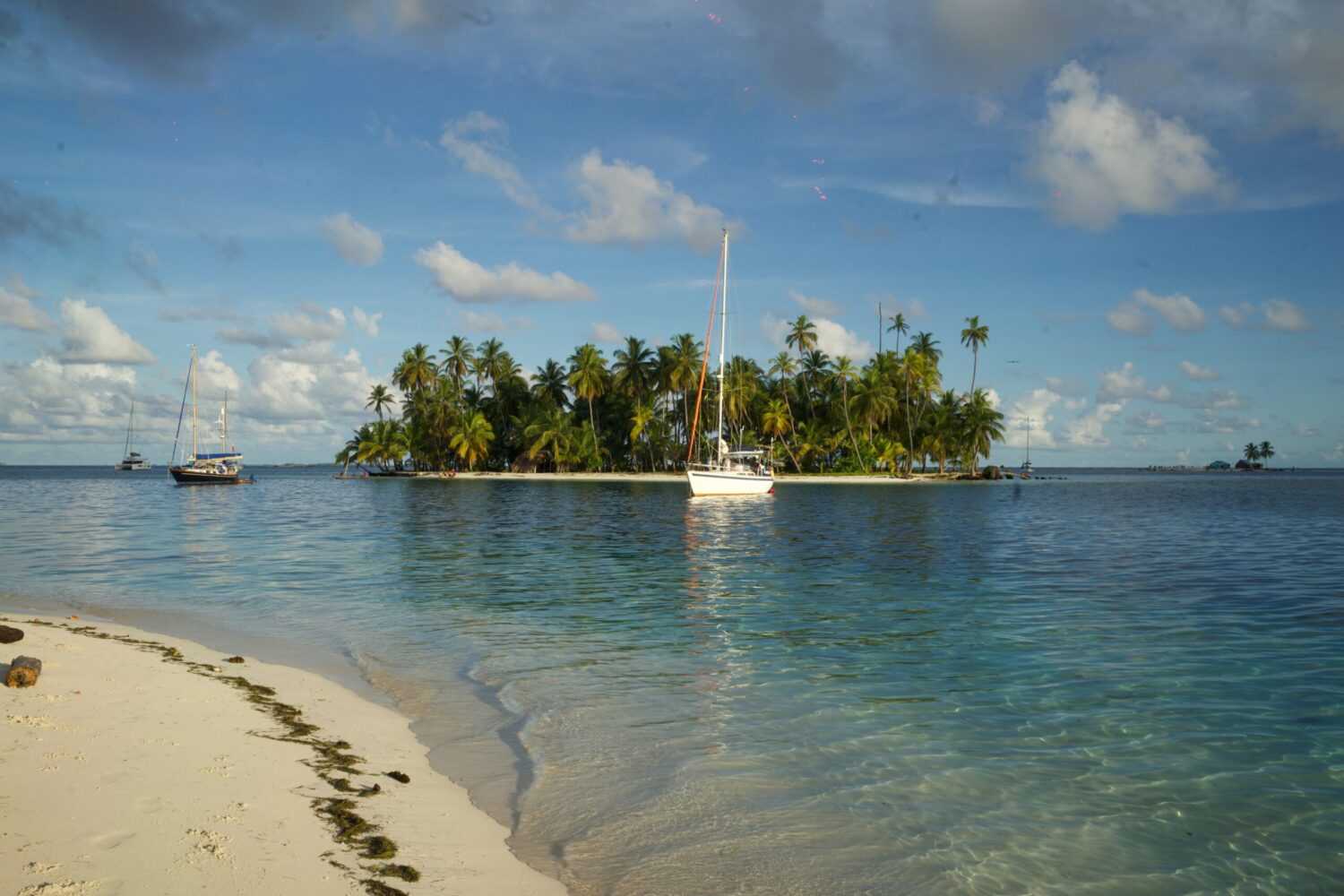







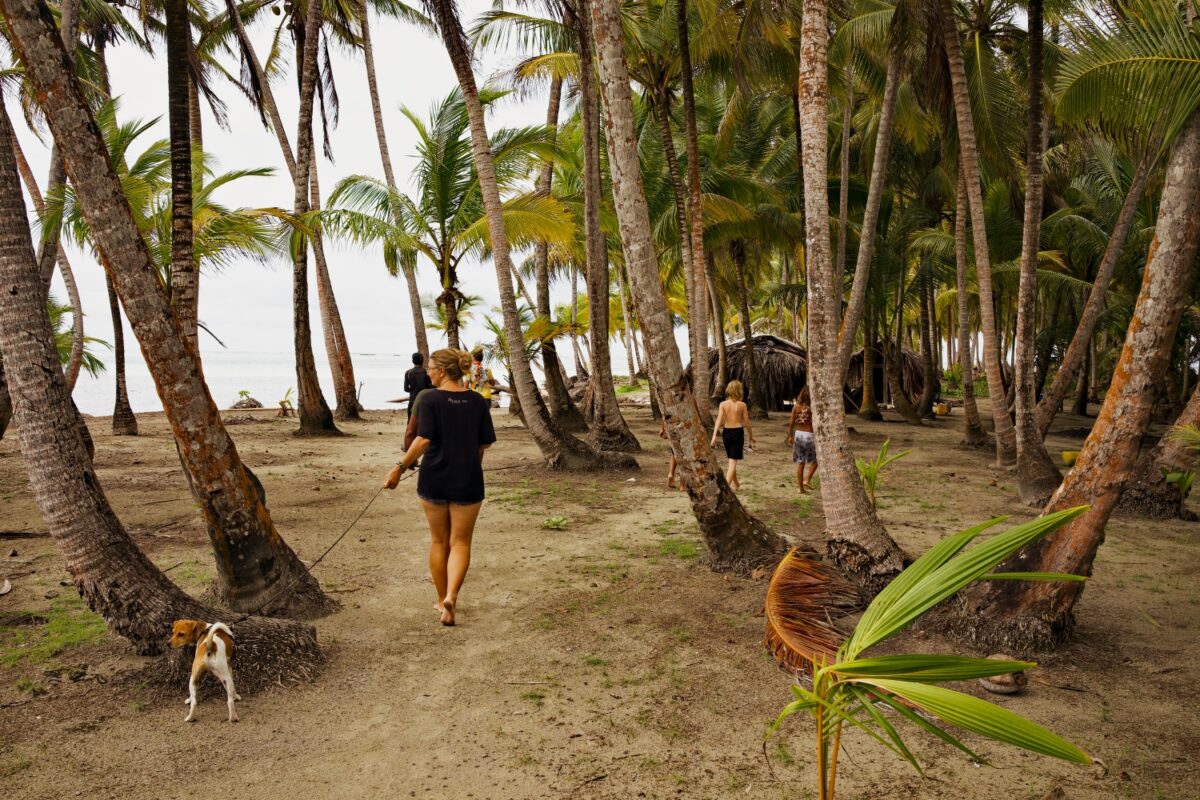





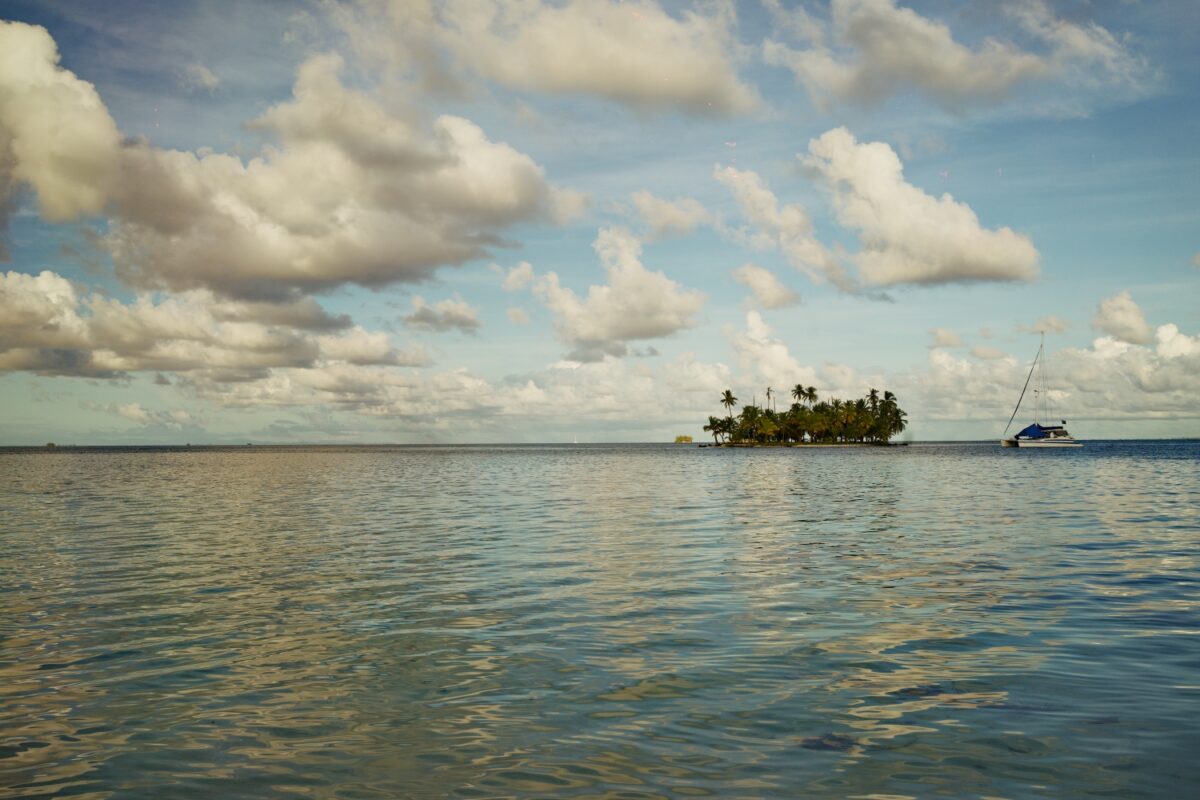
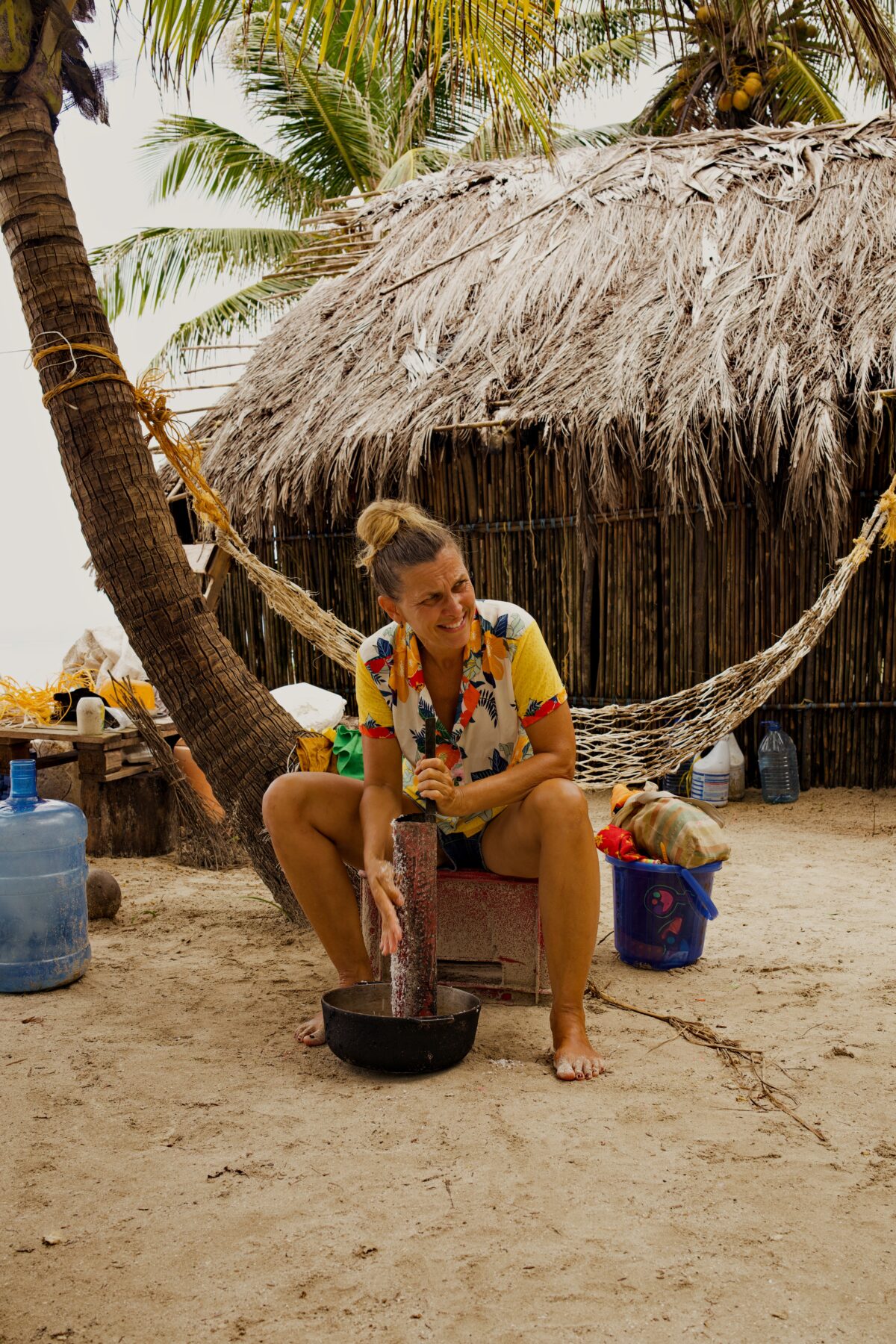

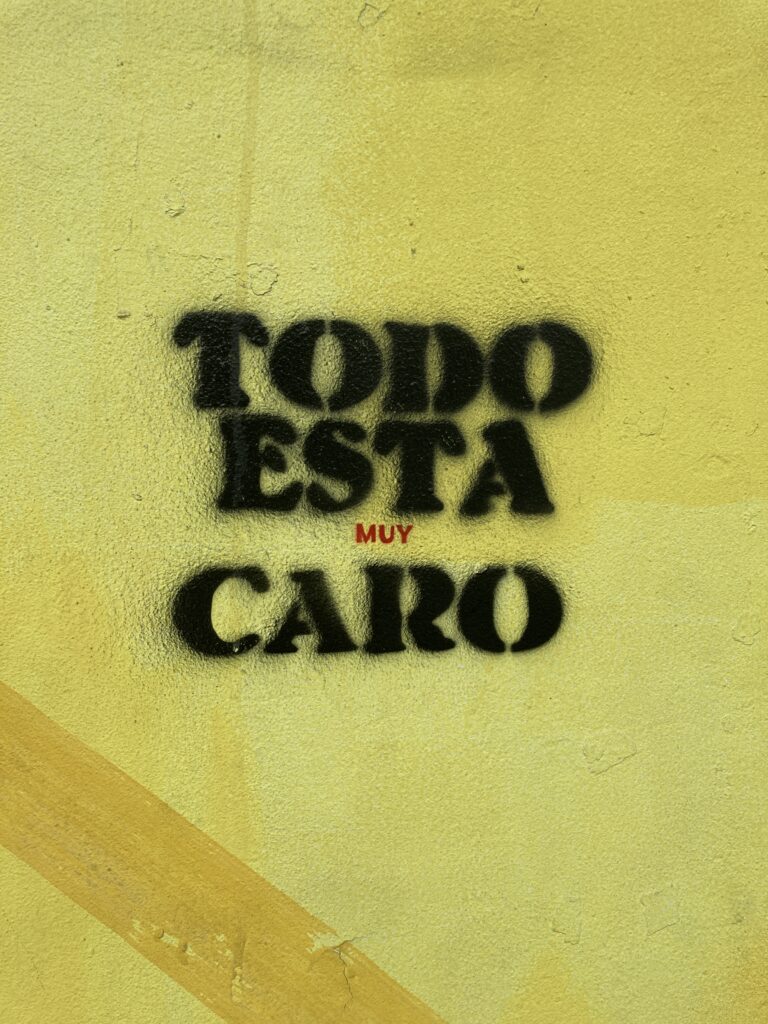




Piekny reportaz napisany pieknym, bogatym jezykiem.